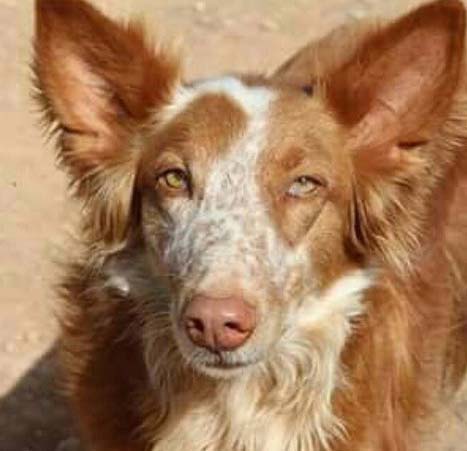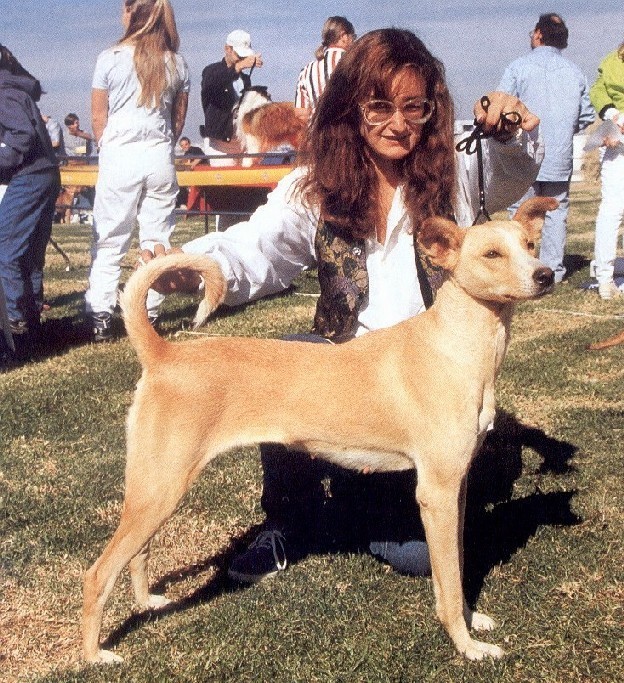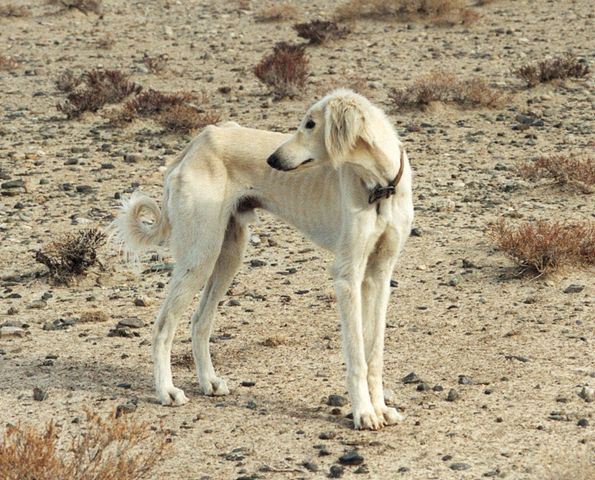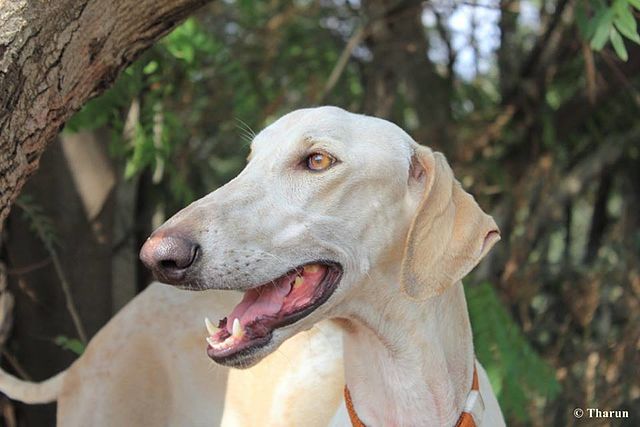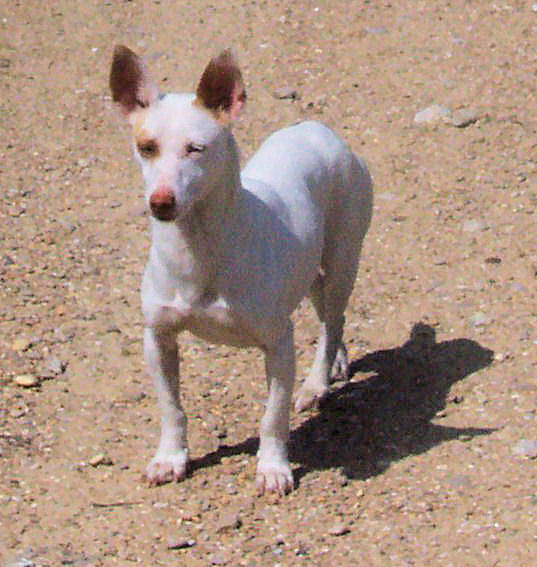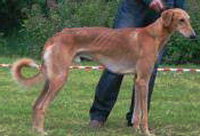The Chippiparai is an Indian sighthound breed, once upon a time kept by royalty. Rumored to be a descendant of the Saluki, they share the same long-legged, thin-framed build. Despite their frail appearance however, the breed is actually fairly hardy, strong and healthy (the average lifespan is 13-14 years). Their original purpose was hunting game such as deer, hare and even wild boar so they needed to be fierce and resilient during these hunts. These large dogs definitely require plenty of exercise to stay fit when kept primarily as a companion, although once back home from the walk will curl up on the couch and sleep. The breed is very rare in the United States yet is recognized by both of India’s kennel clubs. This said, without continued growth they are unfortunately destined for extinction. Hopefully enough new breeders and fanciers will emerge in time to save this beautiful breed before it’s too late!
The Chippiparai is reported to be a one-man hound. They tend to “imprint” on their owner (or will choose one person in a multi-person household) and will remain dedicated and loyal to that person for the rest of their life. While they can live in a family home, many prefer living in a quiet household without young kids. Most prefer adults over children, but will do fine with older, well-behaved kids. They aren’t too keen on having strangers fawn over them either (a typical sighthound trait) and can even be suspicious of strangers welcomed into the home until they warm up. Nor are they good candidates for homes with small pets.
The Chippiparai can live either in a house or apartment, although does need regular access to a fenced yard to run around in. They can be escape artists capable of jumping extremely high distances, so fences must be able to accommodate this! Their high prey drive combined with their agile and athletic nature means that if they see something they’d like to hunt on the other side of a short fence, they aren’t going to think twice before leaping.
The Chippiparai is an almost-silent breed which is very unobtrusive in the home under most circumstances, however does have a protective streak and can turn instantaneously from a meek hound to a fierce guard if he deems it necessary. He can have a sharp temperament when it comes to possible intruders and won’t hesitate to become a protector of the family and home. Sometimes, his protectiveness can be overdone and he may show possessiveness for “his” bonded human even when it’s not called for. It is for this reason that any owner of a Chippiparai be prepared to train, socialize, and ultimately make sure that the dog shows only appropriate reactions when it comes to guarding behavior! When raised correctly, the proper hound should be even-tempered, albeit aloof.
Very smart, the Chippiparai is one of the more trainable of India’s indigenous breeds and members have even been used as police dogs! They tend to enjoy pleasing their people and do well with consistent and enthusiastic training sessions. This said, many need a firm (though fair) hand as they can be headstrong, although not too firm or they might shut down! A trainer must be ever-ready to walk the tightrope of enforcing rules without destroying confidence when it comes to these hounds.
The Chippiparai’s smooth, single coat is ideal for hot weather climates and makes him very easy to groom. There’s no special trimming required and no need for visits to the groomer. The little coat care that needs to be taken care of is easily accomplished at home, including weekly brushing and infrequent baths. As he is a warm-weather hound, he probably will require a dog jacket when going outside in the wintertime, especially if it’s particularly nippy outside! Don’t skip his daily exercise as it’s a necessity for him – just make sure he’s bundled up before being taken out on a winter-y walk.
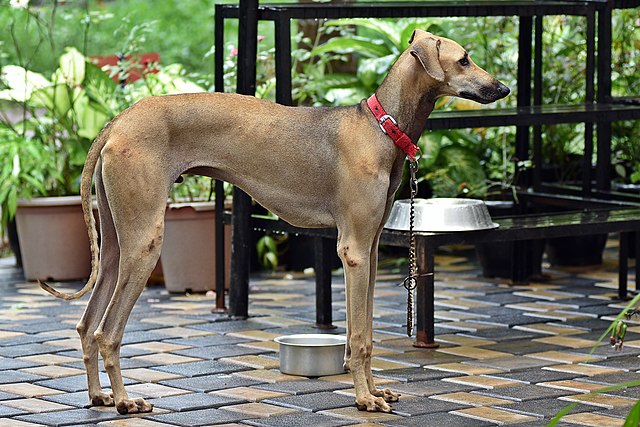
Photo by Pankajakshannair Manoj


